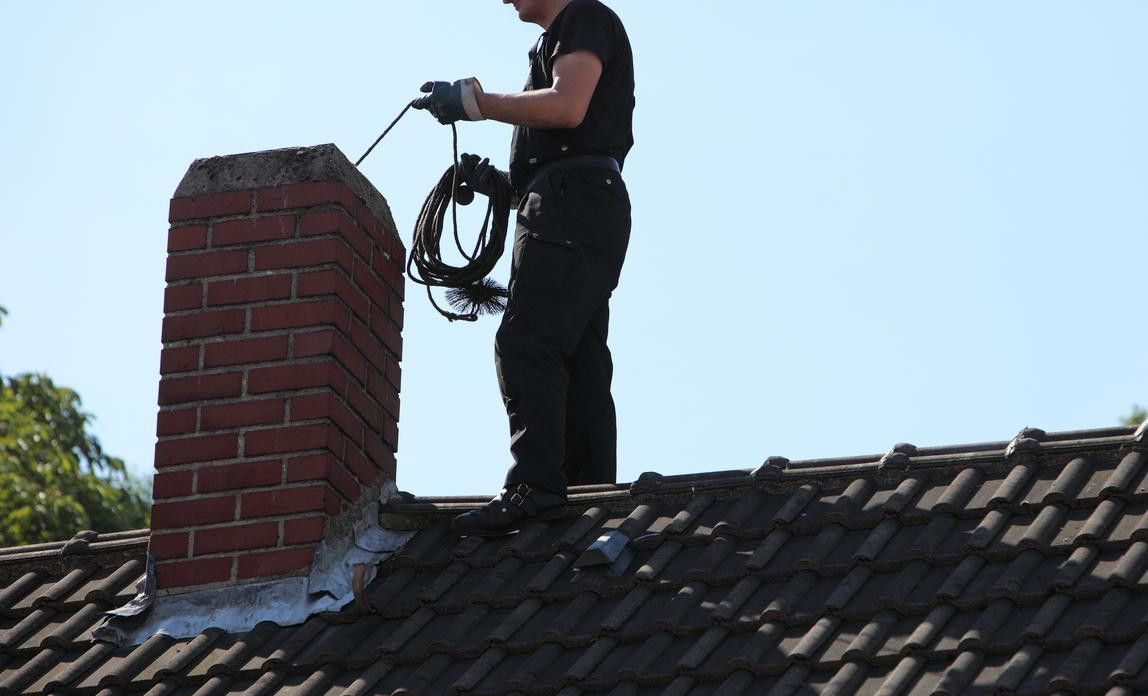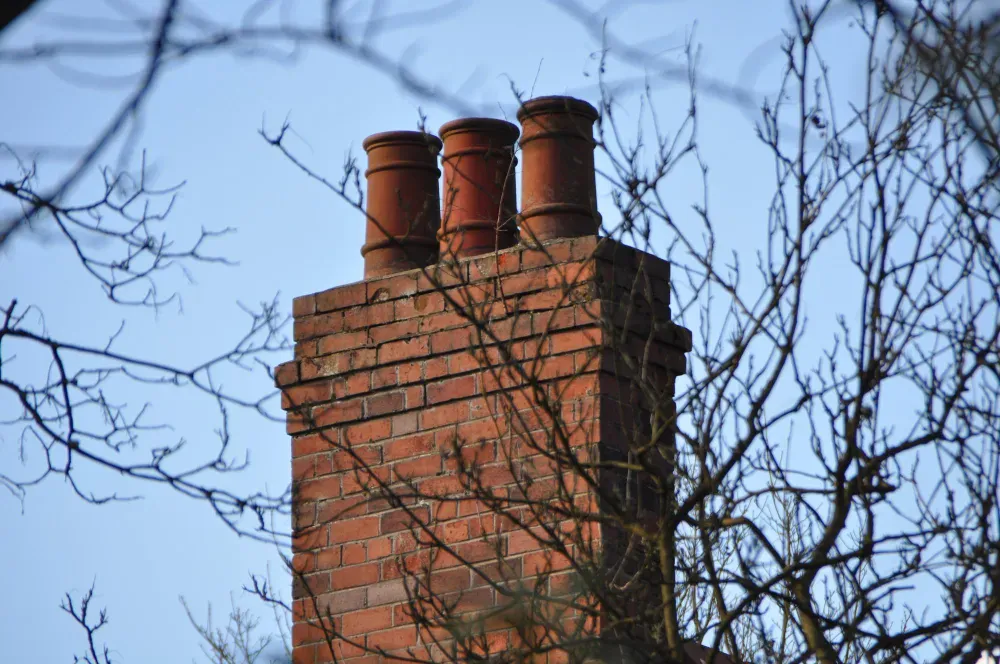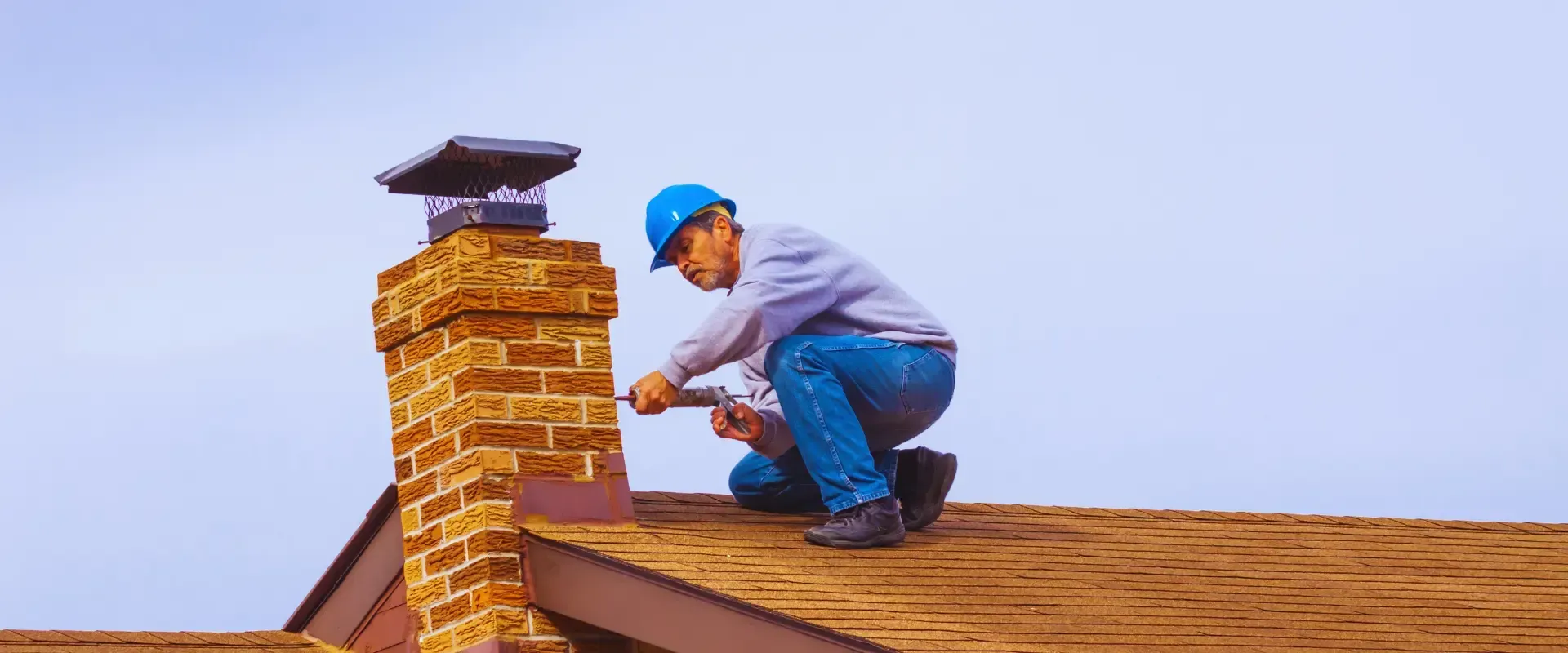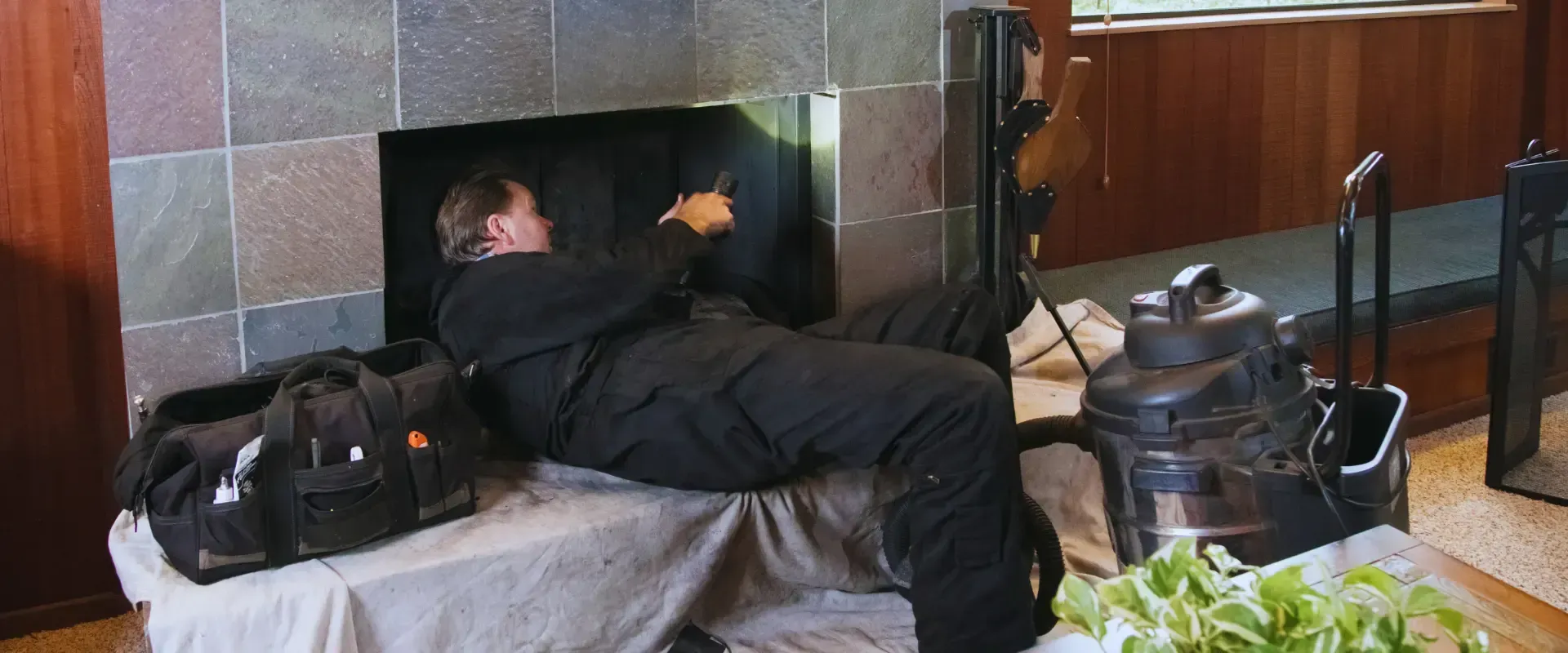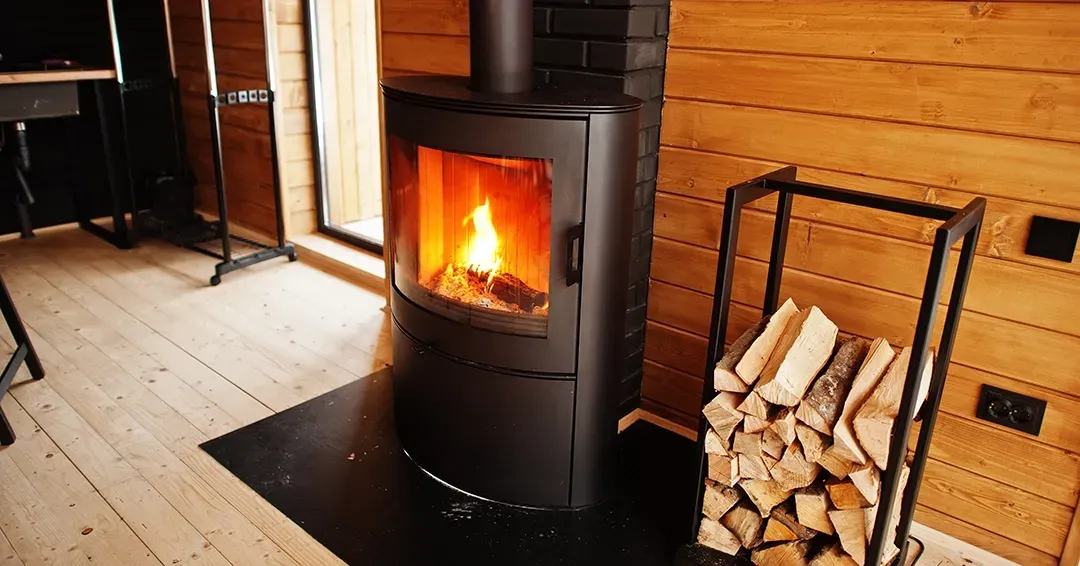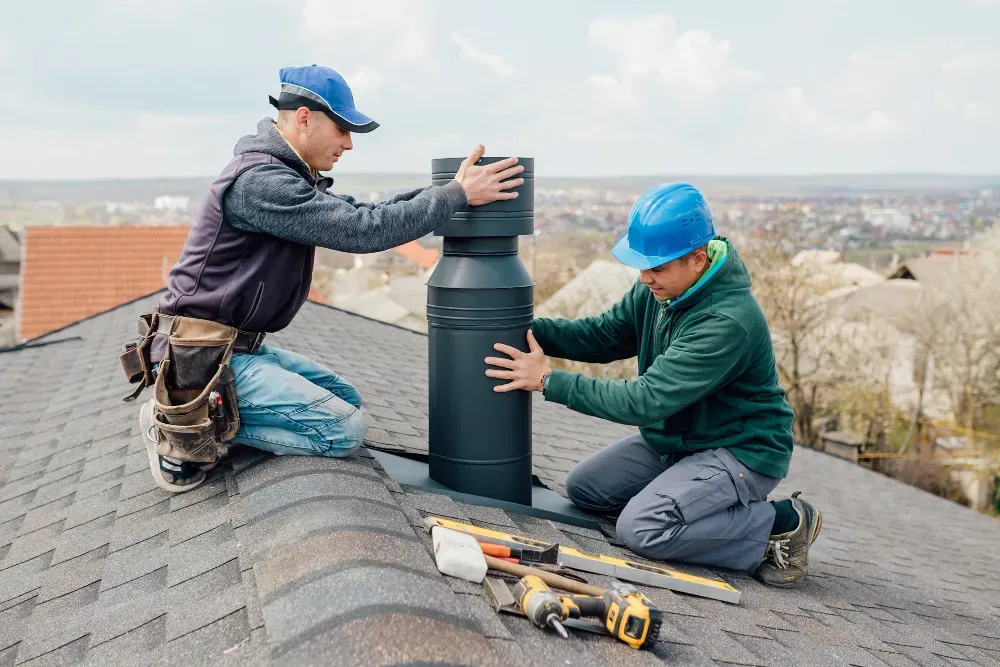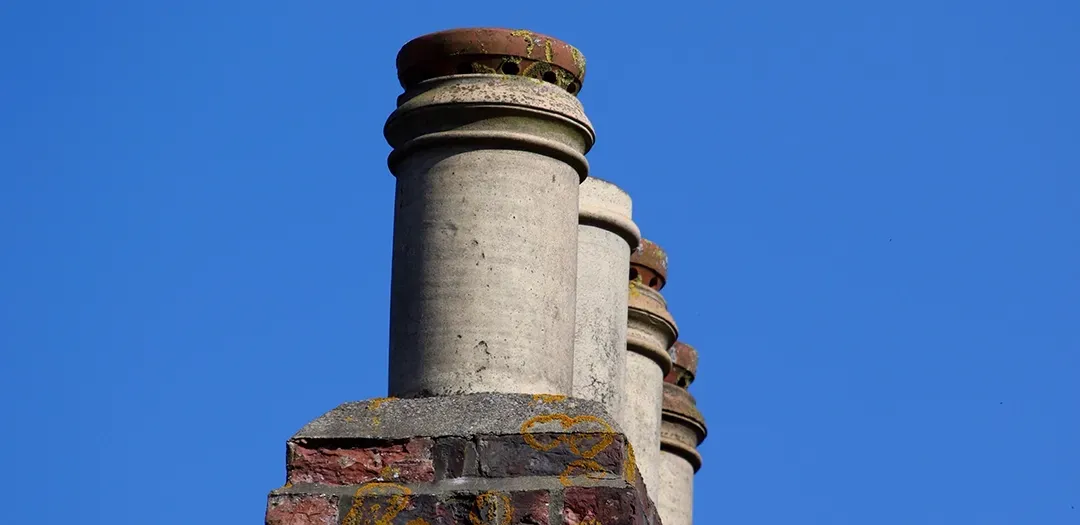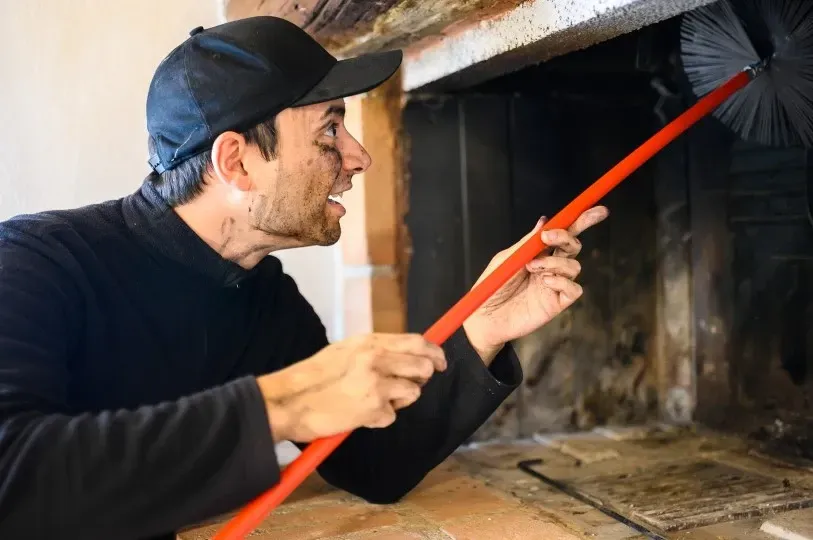Protect Your Home: The Essential Role of Chimney Lining in Porter, Maine
Chimney lining in Porter, Maine isn’t just a recommendation—it’s a critical safety measure that homeowners simply can’t afford to overlook. From enhancing heating efficiency to shielding your family from life-threatening hazards, chimney liners serve as the unsung heroes in your home’s heating system. Nestled in the heart of Maine’s frost-prone landscape, Porter homeowners rely heavily on wood stoves and fireplaces—making the need for a properly lined chimney more than a comfort; it's a necessity.
Let’s peel back the layers and understand why chimney lining is so essential and how it plays a pivotal role in maintaining a safe, efficient, and warm home.
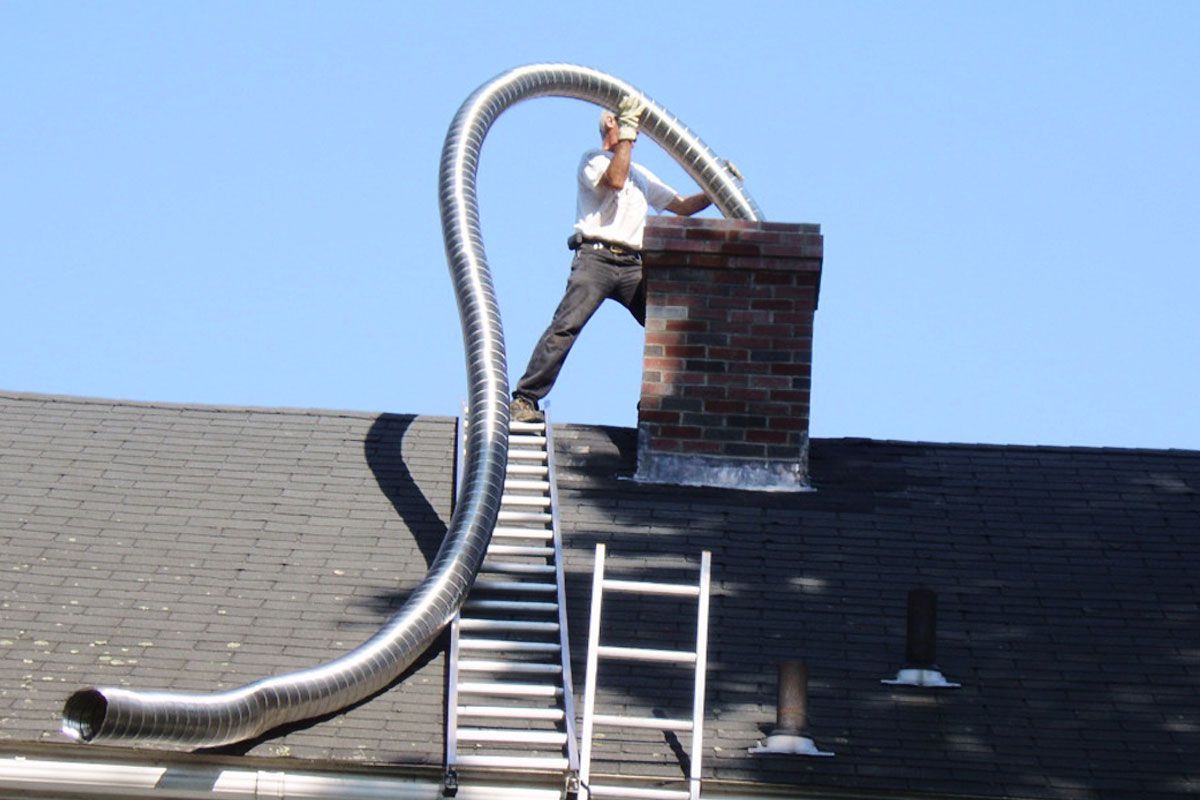
Chimney Lining in Porter Maine
When you think of cozy homes tucked into the forested towns of Maine, smoke curling from a chimney likely comes to mind. However, what you don't see from the outside is the essential protective element inside the chimney itself—the liner.
In Porter, where winter temperatures drop low and fireplaces blaze high, chimney lining is not just helpful—it’s lifesaving. Whether you're using a wood stove, pellet burner, or open hearth, that inner lining acts like a thermal guardian, preventing extreme temperatures from damaging your chimney structure and keeping dangerous gases out of your living room.
From preventing chimney fires to enhancing the performance of your heating system, a chimney liner is your home's quiet protector. The harsh winters in Maine place immense stress on flue systems, and without proper lining, cracks, leaks, and serious hazards can develop—often without your knowledge.
What Is Chimney Lining and Why Does It Matter?
What Is Chimney Lining and Why Does It Matter?
Imagine directing thousands of degrees of heat and combustion gases through a brick or mortar shaft without any insulation or guidance. That's essentially what an unlined chimney does. A chimney liner is a barrier that lines the inside of your chimney flue, ensuring that smoke, heat, moisture, and unburned particles flow safely out of your house.
A good liner:
- Prevents flammable creosote from accumulating in vulnerable areas.
- Keeps heat away from combustibles in your home’s structure.
- Enhances draft and airflow for more efficient heating.
- Reduces the risk of toxic gas leakage like carbon monoxide.
Chimney liners matter because they take on the toughest jobs in the background. In older homes across Porter, many chimneys were built without liners, or with clay tiles that have cracked or deteriorated over time. Today’s building codes often require liners, especially when upgrading appliances or fixing structural damage.
Types of Chimney Liners Available Today
There’s no one-size-fits-all when it comes to chimney liners. Different homes, fuel types, and appliances call for different solutions.
Here are the three primary types:
Stainless Steel Liners
Durable, flexible, and resistant to corrosion, stainless steel liners are the gold standard for many installations. They’re especially useful when converting fireplaces to stoves or gas inserts.
Clay Tile Liners
These traditional liners are still common in older homes. While they’re heat-resistant and inexpensive, they can crack under thermal shock, especially during Maine’s freeze-thaw cycles.
Cast-In-Place Liners
Applied as a poured cement mixture, these liners are ideal for heavily damaged chimneys. Once cured, they create a seamless, insulated flue that’s great for structural reinforcement.
Why Every Home in Porter Needs a Chimney Liner
Porter, Maine is known for its picturesque winters and heavily wooded surroundings, which also means homes here burn a lot of wood. The use of wood-burning appliances increases the chance of creosote buildup—a primary cause of chimney fires.
Without a proper liner:
- Your chimney may develop cracks that allow heat and gas to leak into walls.
- Efficiency of your fireplace or stove drops drastically.
- Insurance companies may even deny fire-related claims.
Chimney liners aren't just recommended here—they’re essential.
How Chimney Liners Protect Your Home from Fires
Fire safety is the biggest benefit of a chimney liner. Here's how:
- Prevents heat transfer: Liners block excessive heat from reaching nearby framing.
- Reduces creosote deposits: Smooth liners create better airflow and less creosote.
- Contains chimney fires: If a fire does ignite, the liner helps contain it and limits the damage.
In short, your liner is the firewall between your cozy fireplace and a potential home disaster.
The Link Between Chimney Lining and Carbon Monoxide Protection
You can’t see it, smell it, or taste it—but carbon monoxide (CO) is one of the most dangerous threats in any home with a fireplace or stove. Chimney liners play a pivotal role in reducing the risk of CO poisoning by ensuring combustion gases are properly vented.
Without a secure liner, CO can seep through cracked masonry or gaps in your flue system, especially during downdrafts or poor chimney draft conditions. In Maine’s cold climate, where houses are often sealed tight to conserve heat, even small leaks can build up to dangerous levels.
Proper chimney lining:
- Seals the flue pathway to prevent gas escape.
- Ensures correct sizing for draft and ventilation.
- Works with appliances to maintain efficient combustion.
Combined with CO detectors, chimney liners are your first line of defense against this silent killer.
Boosting Heating Efficiency with Chimney Liners
If your heating bill in Porter seems high despite using a wood stove or fireplace, your chimney liner (or lack of one) may be to blame. When chimneys are too large or rough inside, it disrupts airflow. This poor draft leads to wasted heat and more fuel burned to achieve comfort.
Here’s how a liner improves efficiency:
- Smooth inner walls reduce turbulence, promoting better airflow.
- Correct flue size maximizes combustion efficiency for your appliance.
- Better insulation helps gases escape before they cool and condense.
Whether you heat with cordwood or pellets, a proper liner ensures more heat reaches your living space instead of being lost up the flue.
Signs Your Chimney Liner Needs Replacement
Even the toughest chimney liners don’t last forever. Here are warning signs to look for:
- Visible cracks or erosion in clay tiles.
- Black stains or smoke leakage inside your home.
- Poor draft or backdrafts when using your stove.
- Water damage or rusting around the flue.
- Strong creosote smell even when the fireplace is not in use.
If any of these symptoms appear, it’s time to schedule an inspection with a local professional offering trusted Chimney Service.
DIY vs Professional Chimney Lining Installation
While YouTube may tempt you, chimney liner installation is not a weekend DIY job. The process involves proper measurement, navigating tight flue spaces, and ensuring code compliance—all of which require specialized tools and training.
DIY risks include:
- Improper flue sizing
- Dangerous gas leaks
- Inadequate sealing or insulation
- Voiding home insurance coverage
A certified chimney technician, such as those at Select Chimney Services, can inspect, recommend, and install the correct liner while ensuring full compliance.
How to Choose the Right Chimney Liner Material for Your Home
Each type of liner has its own strengths. Here’s how to choose based on your situation:
Fuel Type Recommended Liner Reason
Wood Stainless Steel Handles high heat, flexible
Gas Aluminum or Stainless Corrosion resistance
Pellet Stainless Steel Smooth for draft, durable
Oil Cast-In-Place or Stainless Resists acid from exhaust
Always consult a professional before choosing. Your chimney’s height, shape, and the type of stove or furnace you use will determine the best material.
Understanding Stainless Steel Chimney Liners
Stainless steel is the workhorse of chimney lining. It’s long-lasting, corrosion-resistant, and ideal for homes in climates like Porter’s.
Two types exist:
- Flexible Liners: Great for odd-shaped flues or relining older systems.
- Rigid Liners: Ideal for straight chimneys; offer better draft performance.
Most come with a lifetime warranty when installed by a certified professional. They are the best investment for long-term safety and performance.
Pros and Cons of Clay Tile Liners
Clay tile liners were once the industry standard, and many older homes in Porter still use them.
Pros:
- Cost-effective to install initially.
- Long-lasting under ideal conditions.
Cons:
- Crack easily under thermal stress.
- Difficult and expensive to repair.
- Poor insulation compared to other materials.
While suitable for open fireplaces, they’re not recommended for newer high-efficiency stoves or inserts.
Cast-In-Place Liners: When Are They Ideal?
Cast-in-place liners are a unique solution where a heat-resistant mortar is poured into the chimney, forming a new flue.
Best for:
- Older homes with damaged clay tile liners.
- Structurally weakened chimneys.
- Adding insulation and stability to fragile flue systems.
This type of liner can extend the life of your chimney and offers superior heat resistance. However, it’s among the more expensive options and must be installed by experienced professionals.
Environmental Benefits of Proper Chimney Lining
Think your fireplace can't be eco-friendly? Think again. A properly lined chimney helps:
- Reduce fuel consumption
- Ensure cleaner, more complete combustion
- Decrease emissions of soot and harmful gases
In short, it makes your fireplace or stove burn more efficiently and cleanly. That’s good for your wallet and the planet.
Fireplace Renovation? Don’t Forget the Chimney Liner!
Upgrading your fireplace to a modern gas insert or pellet stove? Awesome. Just don’t forget the liner.
Modern heating appliances require:
- Specific flue diameters
- Insulated liners for proper draft
- Corrosion-resistant materials for gas/oil use
Failing to match your liner to your appliance can void warranties, reduce efficiency, and create hazardous conditions. Always pair any fireplace remodel with a chimney lining inspection.
Porter, Maine Winters and the Pressure on Chimney Liners
Winter in Porter is no joke. Bitter temperatures, high winds, and heavy snowfall mean chimneys work hard all season. This puts intense pressure on liners due to:
- Thermal expansion and contraction (freeze/thaw damage)
- Increased creosote buildup from heavy wood use
- Risk of water infiltration causing rust or tile cracking
Choosing a liner that can handle Maine’s extremes—like stainless steel—is essential for long-term safety and performance.
Emergency Situations and Chimney Liner Failures
Chimney emergencies can happen fast—and they’re terrifying. Common liner-related emergencies include:
- Chimney fires
- Smoke backing into the home
- Sudden CO detector alarms
- Visible cracks or structural collapse
In such cases, don’t wait. Call a certified local expert via the Contact page immediately for an inspection and emergency repair.
The Role of Chimney Lining in Real Estate Valuation
Selling your home? A new or recently inspected chimney liner can actually increase property value. Buyers love knowing:
- The home is safe from chimney fires.
- The heating system is efficient.
- They won’t need to make costly chimney repairs soon.
Include liner installation details in your listing and inspection paperwork. It can give you an edge over similar homes on the market.
Installing Chimney Liners in Historic Homes in Porter
Porter’s charming older homes are beautiful—but they’re not always safe by today’s standards. Many older chimneys:
- Were built unlined or with degraded clay tiles
- Don’t meet modern flue size requirements
- Leak smoke or CO into walls
Modern liners offer a seamless fix without damaging the character of the home. Flexible stainless liners, in particular, are ideal for narrow or twisty flues common in historic buildings.
Common Installation Mistakes and How to Avoid Them
Not all chimney liner jobs are created equal. Here are some common mistakes:
- Wrong liner size: Too large or small disrupts draft and causes creosote buildup.
- No insulation: Required in cold climates for code and performance.
- Poor sealing: Allows gases and heat to escape into the home.
Avoid these errors by working with a certified Chimney Service in Porter. They’ll ensure everything is to code and functioning at its best.
Hiring the Best Chimney Service in Porter, Maine
Looking for top-tier service with local knowledge? Choose a provider who:
- Is CSIA-certified
- Understands Maine climate demands
- Offers clear quotes and guarantees
- Has strong local reviews
For trusted expertise, professional inspections, and installations, connect with Select Chimney Services. Their team specializes in Maine homes and cold-weather chimney care.
Contacting a Trusted Chimney Expert Today
Don’t wait until smoke’s in your house or a chimney fire breaks out. If you suspect an issue or simply want peace of mind before winter hits, schedule a chimney lining inspection today.
Reach out now via their Contact page and safeguard your home with the help of trusted professionals.
FAQs About Chimney Lining in Porter, Maine
What does a chimney liner do?
It protects your home from heat, fire, and gas leaks by safely guiding smoke and combustion gases out of your chimney.
Do all chimneys need a liner?
Yes, especially if they vent wood stoves, inserts, or gas appliances. It’s also required by code in most modern building standards.
How often should I inspect my chimney liner?
Annually. This is recommended by the NFPA and most insurance companies.
What type of liner is best for wood-burning appliances?
Stainless steel liners are most recommended due to their durability and heat resistance.
Can I install a chimney liner myself?
Technically, yes—but it’s strongly discouraged. DIY errors can lead to dangerous conditions, code violations, and insurance denial.
Will a chimney liner help me save on heating costs?
Absolutely. It improves draft, prevents heat loss, and supports appliance efficiency.
Conclusion
Chimney lining is more than just a box to check—it’s the backbone of fireplace safety in homes across Porter, Maine. From reducing fire risk to boosting your heating system’s efficiency, a liner does it all. Whether you're renovating, upgrading your heating system, or just trying to keep your family safe, chimney lining is a vital investment with long-term benefits.
Don’t leave it to chance. Schedule an inspection with a trusted Chimney Service today and protect your home the smart way.
Links:
